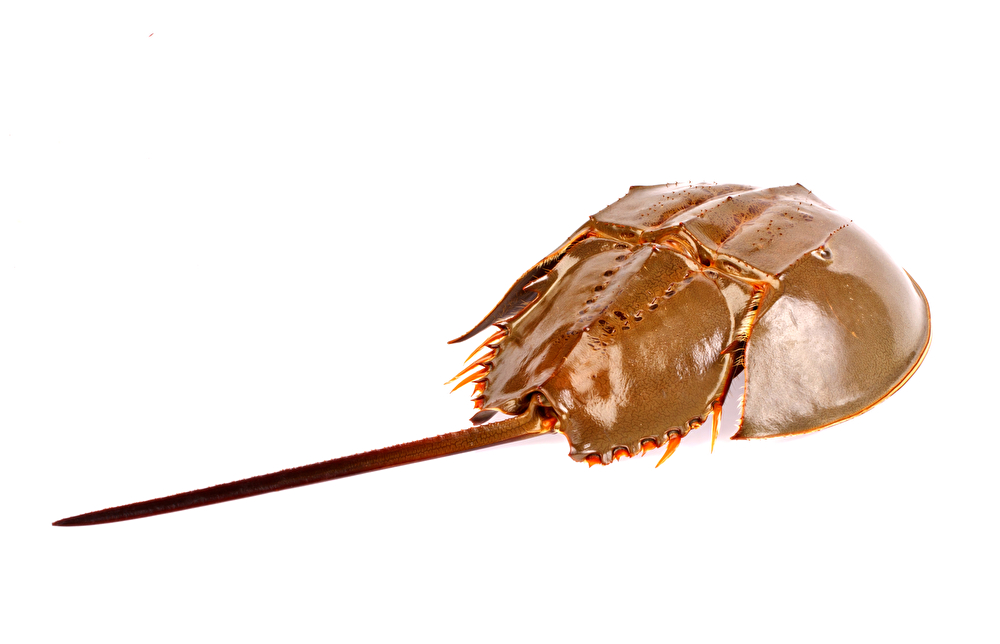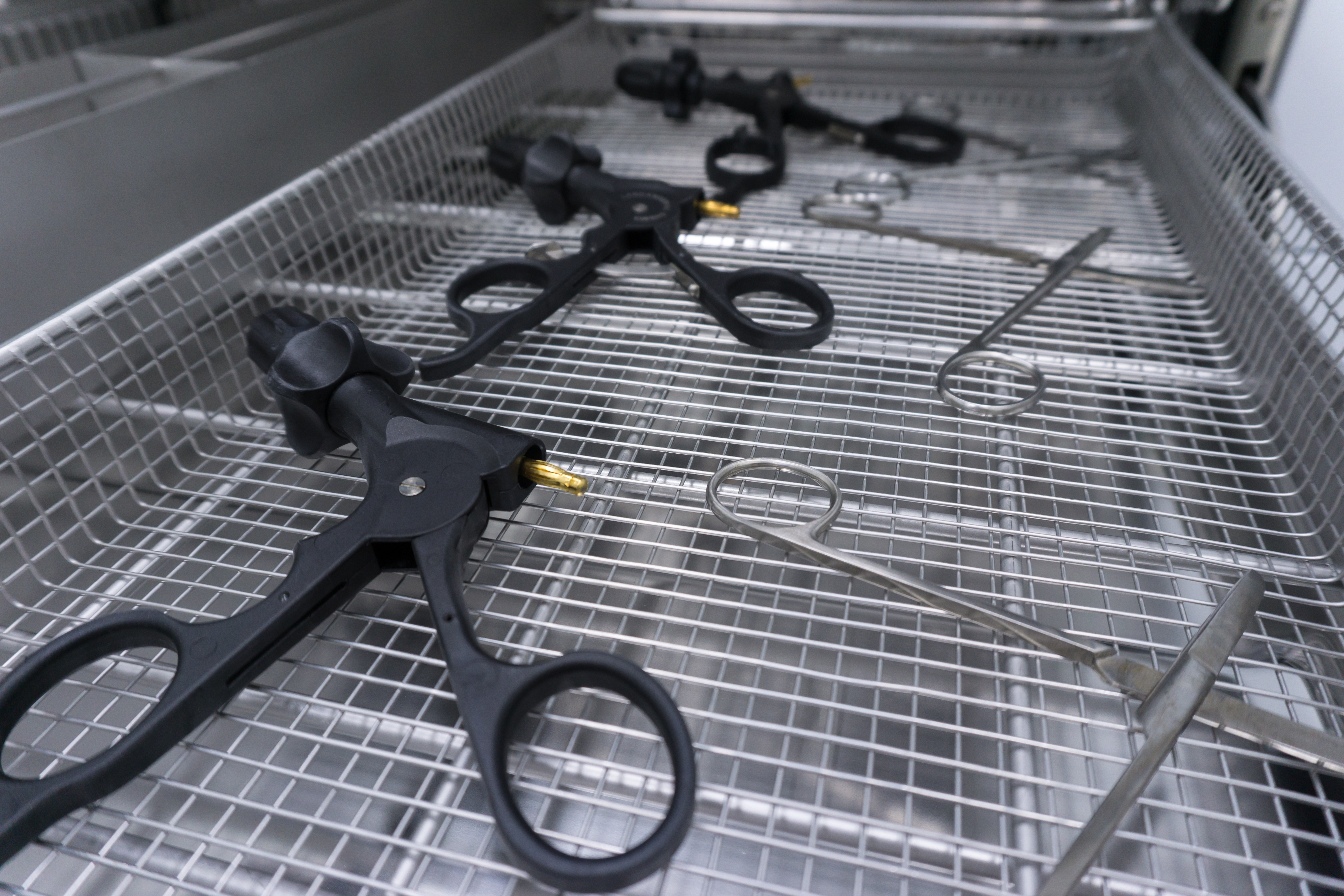Endotoxins in medical devices - limit values, detection methods and test strategies
What are endotoxins?
Endotoxins are components of the cell wall of gram-negative bacteria and pose a considerable risk to patients - especially with invasive or implantable medical devices.
1. regulatory principles and limit values
The limit values for endotoxins are specified in various international standards and guidelines.
1.1 FDA Guideline
The endotoxin test is based on the specifications of the pharmacopoeia, whereby the limit values specified there apply primarily to medicinal products. These limits take into account the dosage and the form of administration, which play a critical role for medicinal products. However, these parameters are not directly applicable to medical devices. For this reason, the US Food and Drug Administration (FDA) has published a guideline on this topic*1. This guideline defines the following common limit values.
- 20 EU*2 for products without contact to the central nervous system
- 2.15 EU*2 for products with contact to the central nervous system
A lower endotoxin limit may apply for products that are in direct or indirect contact with the intraocular environment.
*1 U.S. Department of Health and Human Services, Food and Drug Administration (2012). Guidance for Industry: Pyrogen and Endotoxins Testing: Questions and Answers.
*2 EU = “endotoxin unit” (per product)
1.2 International standards
The most important standards that define the test methods for endotoxins are:
- USP <85> Bacterial Endotoxins Test
- Ph. Eur. 2.6.14 Bacterial Endotoxins
These standards specify how the endotoxins in products, such as medicines or medical devices, are tested to ensure that they do not contain harmful levels of endotoxins.
2. Determination method used by CleanControlling: Chromogenic LAL test
CleanControlling uses the chromogenic LAL test (Limulus amoebocyte lysate) in the colourimetric variant. This method is based on the reaction of endotoxins with an enzyme from the blood of the horseshoe crab (Limulus polyphemus). In the presence of endotoxins, this enzyme triggers an enzymatic reaction in which a chromogenic substrate is converted into a coloured compound.
Advantages of the chromogenic LAL test:
- High sensitivity: Detection limits in the range of 0.005 EU/ml are possible.
- Quantitative evaluation: The colour intensity is proportional to the endotoxin concentration.
- Can be automated: Well suited for routine analyses and high sample numbers.
- Rapid execution: Results are usually available within a short time, which enables rapid evaluation of the samples.
3. Testing on sterile test specimens - Why?
The endotoxin test is preferably performed on sterile test specimens for the following reasons:
Representativeness for clinical use: As medical devices are generally used in sterile conditions, the analysis should reflect the final condition of the product.
If gram-negative bacteria are still present on the products before sterilisation, the sterilisation process can lead to the release of endotoxins. For this reason, it is advisable to test the products after sterilisation to ensure that they correspond as closely as possible to the actual conditions of use and no longer contain any harmful concentrations of endotoxins. This contributes significantly to ensuring the safety and efficacy of medical devices.
Difference to bioburden analysis:
- Bioburden test measures the number of viable microorganisms before sterilisation.
- Endotoxin test measures toxic cell wall components that remain even after the bacteria have been sterilised.
Conclusion
The control of endotoxins is a central component of product safety for medical devices. Compliance with international standards and the use of validated test methods such as the chromogenic LAL test ensure a reliable assessment of the endotoxin risk.
Newsletter registration





